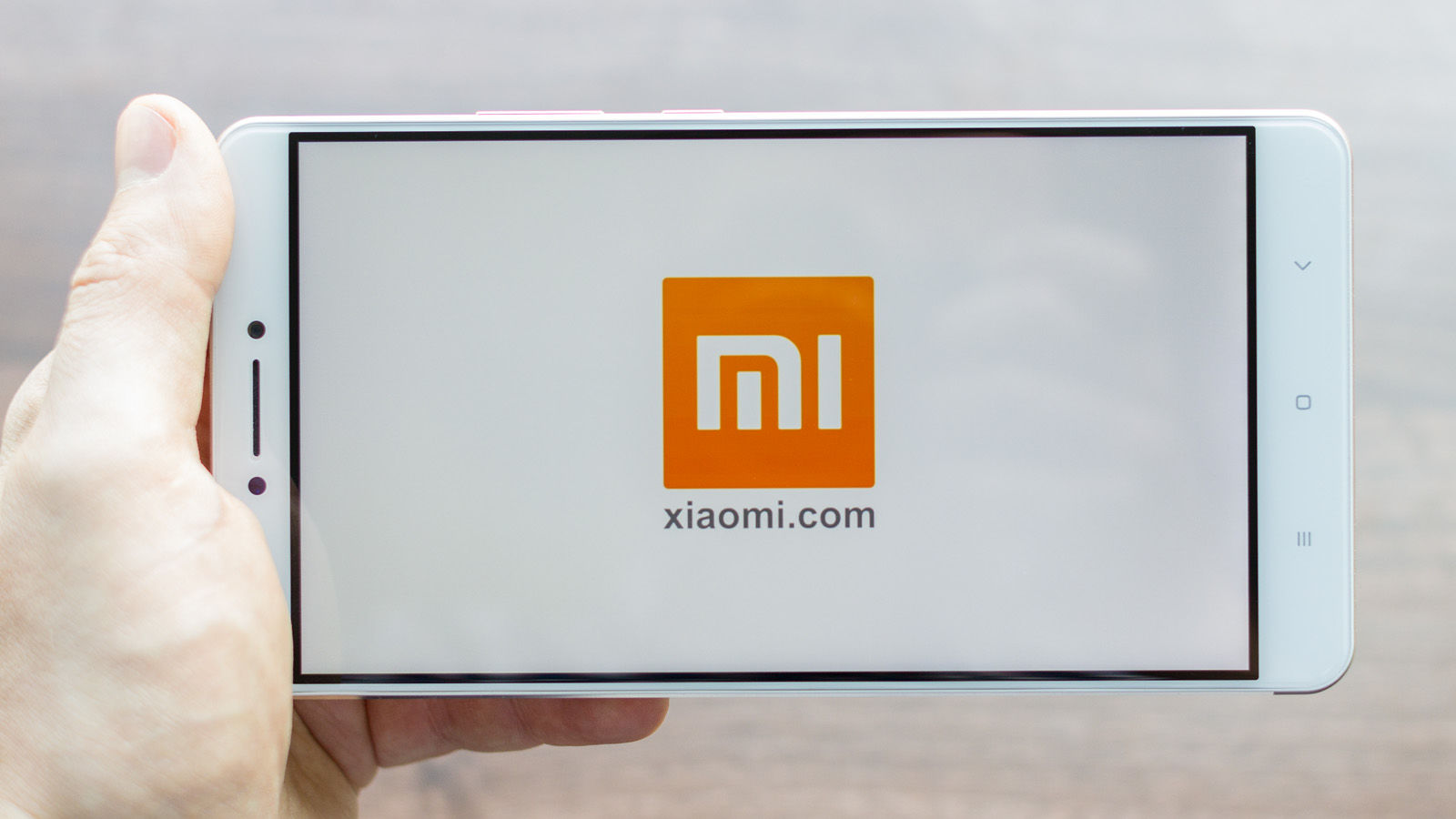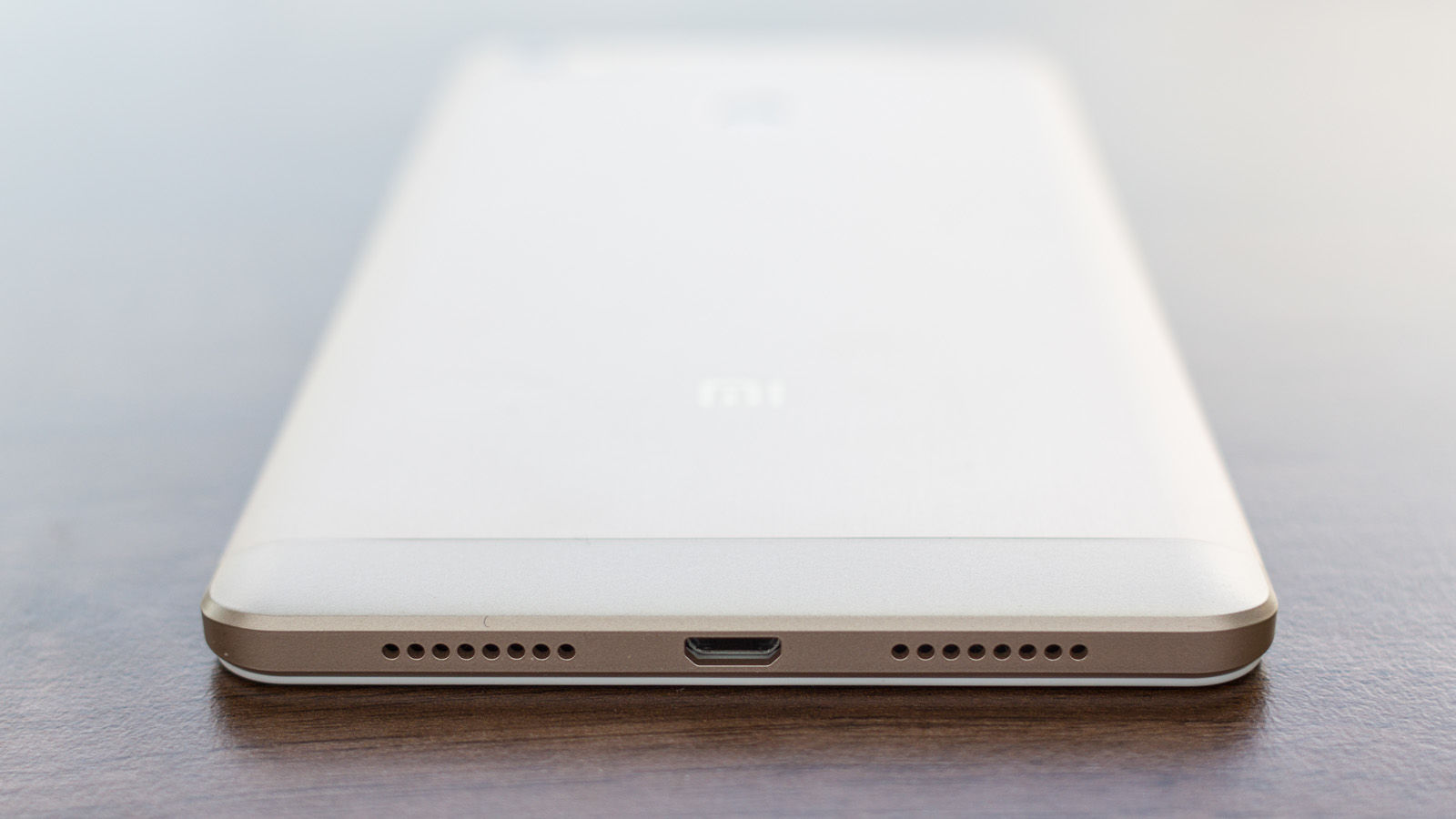There’s a new Mi Max 2 in town – check out what it has to offer.
Xiaomi Mi Max review: UK price and availability – How to buy the Xiaomi Mi Max in the UK – Xiaomi Mi Max live stream
The Mi Max was unveiled earlier this year in China, and tomorrow (30 June) will see its official launch in India. This will be live-streamed at https://event.c.mi.com/in/mimaxlaunch/ if you want to tune in from 11.30am IST/7am BST. The Mi Max is not officially available in the UK (as you’ll notice during setup when asked to choose your locale there is no United Kingdom option), but since when has that ever stopped us? You can buy the Xiaomi Mi Max in the UK today if, like us, you pick it up from a third-party distributor such as GearBest. It’s currently selling the model reviewed here for £212.04 (or $274.89 in the US) with free shipping to the UK, but you will more than likely be called on to pay import duty on its arrival in the UK – read our advice on buying tech from China. As we will discuss below, you get an awful lot of phone for your money with the Mi Max, making it incredible value – especially to those of us used to paying in excess of £600 for phones of this quality. However, UK users should note there will be a few differences to the phones that are officially sold inside the UK. First, although our review sample was preinstalled with Google Play, Xiaomi phones are not usually distributed running the software. If yours isn’t you can fairly easily download it yourself from the included Mi App Store, at which point you will probably also like to download a UK keyboard such as the Google Keyboard. Also see: Best Android phones 2016. As it stands you’ll find some Chinese preinstalled apps on the Mi Max (some of which you can uninstall; others can be tucked away from view in a dedicated folder), but on the whole it’s easy to find your way around. Checking which frequency bands are supported by your network is also important when buying a phone such as the Xiaomi Mi Max. In the UK, for example, it supports the 1800MHz and 2600MHz 4G LTE bands, which is fine for all operators except O2, which relies solely on 800MHz for 4G (also Giffgaff and any other operators that piggyback O2’s network). You can still use the Mi Max on those networks, but you won’t receive 4G.
Xiaomi Mi Max review: Design and build
We’ll start by stating the obvious: the Xiaomi Mi Max is enormous! Measuring 173x88mm and weighing 203g this is the largest phone I have ever reviewed. And yet it is incredibly thin – just 6mm thick – which stops it becoming overly unweildy. It’s almost impossible to believe there is a 4,850mAh battery inside, which promises excellent runtime. The Mi Max is too big for me personally, but Xiaomi has made several software tweaks that make it easier to manage, and for many people it will be an ideal device for uses beyond simply making phone calls and sending texts (though the large screen will also come in handy here for those with eyesight problems). If you want to play games, view films and video, use a smartphone for navigation or as a drone flight controller, you absolutely can’t beat a huge-screen phone – and that’s exactly what we have here. Also see: Best smartphones 2016. The Xiaomi Mi Max is fitted with a 6.44in full-HD screen, which runs virtually edge to edge (a thin black border surrounds it), and there is space at top and bottom for the back-, home- and recent buttons and a speaker and front camera. This is a 2.5D curved-edge panel, which combined with the slightly curved rear edges of this handset make it easier to hold, with everything sitting flush to everything else. The screen is very decent, crystal clear and with good brightness and contrast, and excellent viewing angles.
Build quality is impossible to fault. This is a metal unibody smartphone with a fingerprint scanner set into the rear, an easy index finger’s reach up as you cradle the Mi Max in your palm. Twin speaker grilles sit either side of the bottom-facing Micro-USB port, and a power button and volume rocker sit just within reach of the thumb on the Mi Max’s righthand side. Up top is a 3.5mm headphone jack and, something that is becoming increasingly rare these days, an IR blaster. Also see: Best audio phones 2016 Despite its enormous size, the Mi Max is a very good-looking smartphone: it’s big and it’s beautiful.
Xiaomi Mi Max review: Core hardware and performance
That’s not all the Mi Max has going for it either, since performance is outstanding at this price point – in general processing, in graphics and in runtime. We ran the Xiaomi Mi Max through our usual benchmarks, for which you can see the results below, but it’s important to note that even in real-world use this phablet feels fast and capable of whatever task you have in mind. Also see: Best phablets 2016 That’s not a huge surprise, fitted as it is with a hexa-core, 64-bit Qualcomm Snapdragon 650 processor clocked at 1.8GHz, the Adreno 510 GPU and 3GB of RAM. Clearly flagship octa-core phones with 4GB (or now even 6GB) of RAM will outperform it, but this is sufficient muscle for everyday phone jobs. More compelling still is the amount of storage packed inside this Xiaomi, with 32GB as standard (of which around 26GB is available) and an extra 128GB possible through MicroSD (though you will forfeit the second SIM slot in doing so). See all smartphone reviews. And battery life is immense. We have seen smartphones outperform its 10-hour-dead Geekbench 3 result (6001 points), but none with a screen of this size. The battery doesn’t support wireless- or ‘Quick’ charging, but it is ridiculously capacious at 4,850mAh.
For general performance analysis we ran the Mi Max through Geekbench 3 and AnTuTu 3D, and it managed respectable scores of 3825- (multi-core) and 74,156 points respectively. Graphics performance also proved to be better than most phones we review at this price, with the Mi Max turning in a headline result of 34fps in the onscreen component of GFXBench 3 T-Rex. We also clocked it at 15fps in Manhattan, 10fps in Manhattan 3.1, and 6fps in Car Chase. This is a phone easily comfortable with casual gaming and movies. JetStream is a tool we use to look at JavaScript performance, and here the Xiaomi’s 51.53 result is ahead of even the Xiaomi Mi 5 (46.9), and not too distant from the leader of our Android phones chart – the Galaxy S7 edge turned in 66.1. You can see how the Mi Max compares to some phones in the chart below; also check out our article What’s the fastest smartphone 2016 for the results of all the phones we’ve tested lately.
Xiaomi Mi Max review: Connectivity and extra features
We’ve touched on this earlier within this review, but the Xiaomi Mi Max is a 4G LTE dual-SIM dual-standby phone – excellent for separating work and play, but with some limitations. Firstly, it doesn’t support the 800MHz 4G band in the UK, leaving some customers (particularly those of O2 and Giffgaff) in slower 3G territory. Secondly, you use the extra SIM slot at the expense of microSD support – though with 32GB of storage built in that may prove not to be too much of a hardship. Also see: Best dual-SIM phones 2016 There’s no support for NFC, but the Mi Max covers all other connectivity bases. There’s a decent fingerprint scanner, an IR blaster, 802.11ac Wi-Fi, GPS and Bluetooth.
Xiaomi Mi Max review: Cameras
The Mi Max is fitted with a 16Mp, f/2.0 camera at the back and a 5Mp, f/2.0 camera at the front. We found it took decent enough photos with vibrant colours and no glaring issues. As usual some missing detail is evident when viewed at full-size, but not enough that you can’t read a street sign from our seventh-floor roof terrace. On the whole the Xiaomi is a good smartphone to have on hand when a photographic moment arises. You get the same camera software as you do with other Xiaomi phones, which means a selection of real-time filters sit a swipe in from the right of the main camera interface, while camera modes are a swipe to the left. You’ll find the usual suspects, including panorama, timer, manual and beautify, as well as HHT, Tilt-shift and Fish eye. Pressing and holding the shutter button can activate a burst mode, while HDR mode is accessed from the main camera screen. We found it did a good job of sorting out the shadows in our test shots (you can see our test pics of St Pancras Renaissance Hotel below, first in Auto mode and second in HDR).
For video recording you can choose between standard (up to 4K video recording is possible), time-lapse and slow-motion modes, although we found the resulting footage a little jerky and sharp. Also see: Best camera phone 2016
Xiaomi Mi Max review: Software
The Xiaomi Mi Max will be one of the first phones to run the MIUI 8.0 custom UI when it becomes available in August. Until then, our review sample is running MIUI 7.3 (based on Android 6.0.1). As we’ve said many times before, Xiaomi phones aren’t the best-suited to novice users, since out of the box they don’t (usually) offer Google Play and there are several preinstalled Chinese apps and a Chinese keyboard. These are all things that are easy enough to sort out with a little know-how. That’s assuming that the absence of Google Play and Google apps will be problematic to you, of course, and actually MIUI is a decent Android OS in its own right, with apps for just about everything you need, including email and media playback. There are some nice features in MIUI, but also some notable differences. There is no app tray, for example, with app icons laid out on the home screen in an iOS-like fashion. The drop-down notification bar is also different, with a selection of quick access settings as you might expect but also a second pane for your notifications. And the Settings menu itself has a slightly different layout – it took us forever to discover how to adjust the screen timeout, which is not in the Display menu but in the Lock screen & password menu. Also see: Best Chinese phones 2016. A couple of software features can make it easier to deal with – or perhaps benefit from – the enormous screen on the Mi Max: one-handed mode shrinks the screen size down to 4.5-, 4- or 3.5in with a simple gesture, while the ability to shrink or enlarge the system font and text size can either fit more onscreen or make full use of that space. You’ll also find quite a lot in the way of customisation, with a number of themes available, plus the ability to tweak the notification LED colour. A pinch on the home screen brings up options to move apps, add widgets and alter the wallpaper and effects (the transitions as you move between home screens). We also like the Child mode, which lets you allow access only to certain apps installed on your phone before handing it over to the kids. Read next: Best new phones coming in 2016. Follow Marie Brewis on Twitter Marie is Editor in Chief of Tech Advisor and Macworld. A Journalism graduate from the London College of Printing, she’s worked in tech media for more than 17 years, managing our English language, French and Spanish consumer editorial teams and leading on content strategy through Foundry’s transition from print, to digital, to online - and beyond.







